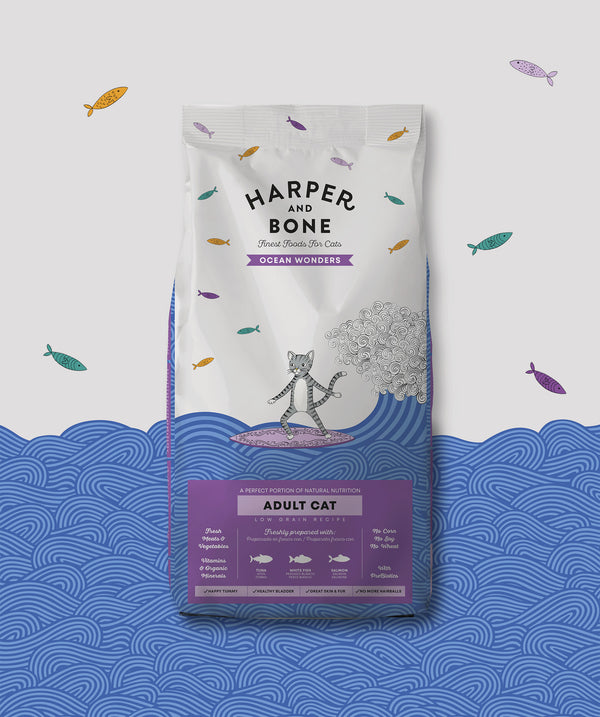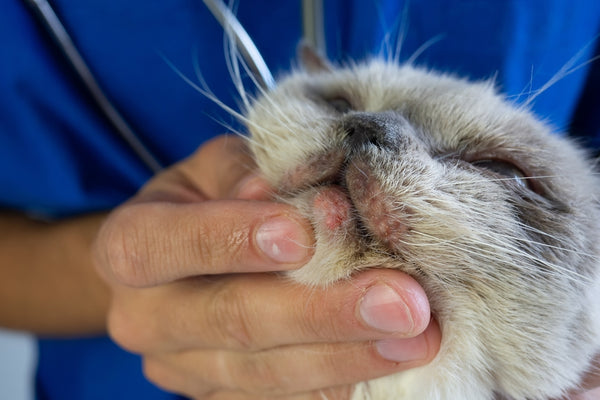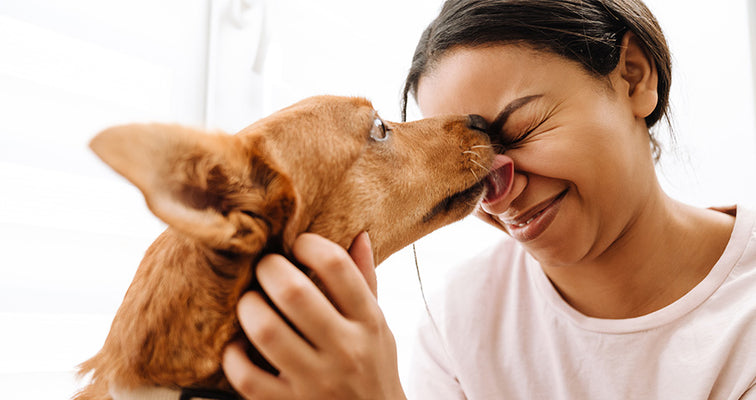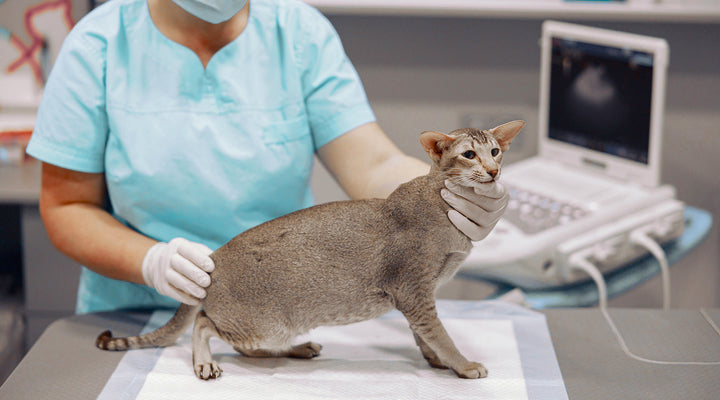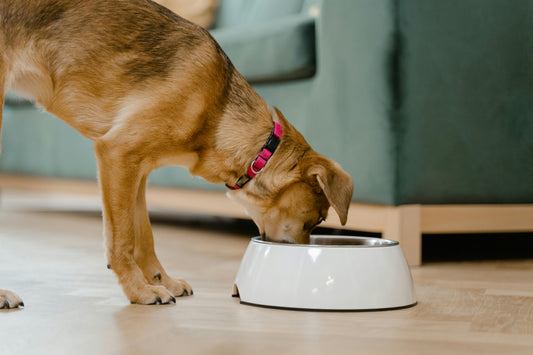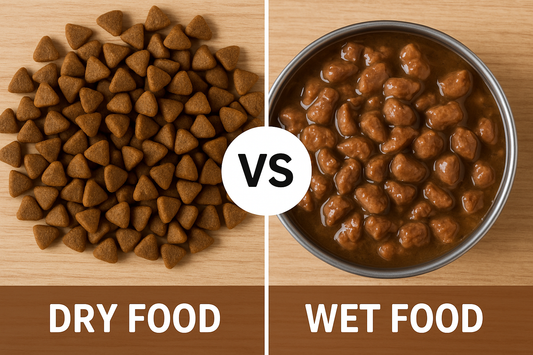Osteoarthritis is a chronic degenerative disease that affects a dog’s bones and joints, causing pain and reduced mobility. It is most common in the joints of the knee, carpus, elbow, hip, and spine. Although osteoarthritis in dogs has no cure, a healthy and natural diet can slow down the deterioration of bones and joints, relieve pain, and reduce inflammation. For example, the functional snacks Harper & Bone, Jumping Legs, contain essential fatty acids, glucosamine, EPA and DHA, which help strengthen their joints. While osteoarthritis can affect any dog, it is more common in large breeds and in adult or senior dogs.
Causes of osteoarthritis in dogs
Osteoarthritis in dogs can be primary, without an underlying cause, or secondary, as a result of joint diseases such as elbow and hip dysplasia, patella luxation, osteochondrosis, cruciate ligament rupture, or joint fractures. Although medium and large breeds are more susceptible, osteoarthritis can affect dogs of any size.
Osteoarthritis can limit the range of motion of the joints. In advanced cases, cartilage wear can expose the underlying bone, causing pain. The body attempts to compensate by creating more bone around the joint, which reduces mobility and causes discomfort. The imbalance of load due to an affected joint may also alter musculature and overload other joints, leading to muscle pain.
Symptoms of osteoarthritis in dogs
Symptoms of osteoarthritis in dogs vary. In some cases, X-rays of young dogs may show osteoarthritis without any visible signs. Some dogs can live for years without major issues despite having the condition.
The most common symptoms include:
- Limping and stiffness: often present when getting up from a resting position, usually improving as muscles warm up, though limping may worsen after intense exercise.
- Persistent pain: in early stages, pain may be intermittent, but over time it can become constant, even at rest.
Other possible symptoms include:
- Reluctance to play or go for walks
- Pain when touched
- Behavioral changes
- Licking affected joints
- Fatigue
- Restlessness
Dogs with osteoarthritis may show less willingness or ability to perform movements such as standing up, jumping, climbing stairs, or engaging in activities they once enjoyed. Understanding these signs is crucial to recognize early symptoms and seek appropriate treatment, improving your dog’s quality of life.
Treatment for osteoarthritis in dogs
Treatment for osteoarthritis in dogs aims to reduce inflammation and pain, slow the disease’s progression, and improve joint mobility.
- Medication and exercise
To slow disease progression, medications such as analgesics and anti-inflammatories are prescribed. Active exercises, such as calm walks and swimming, along with passive physiotherapy exercises, are also recommended.
- Weight management
A dog’s bones and joints bear the body’s weight, and excessive weight can accelerate wear and increase the risk of osteoarthritis. Weight control is fundamental. If your dog is overweight or obese, a proper diet is necessary to slow progression. A high percentage of overweight dogs with osteoarthritis can stop limping with a simple weight loss program to reach their ideal body condition.
- Specific diet
In addition to medication and exercise, veterinarians often recommend a specific diet for dogs with joint issues that also helps manage weight. Special diets may include functional ingredients with natural antioxidants that help slow joint wear and reduce inflammation. Discover the wide variety of diets for dogs with osteoarthritis formulated by veterinarians at Amanova, Harper & Bone, and Trovet Plus.




















